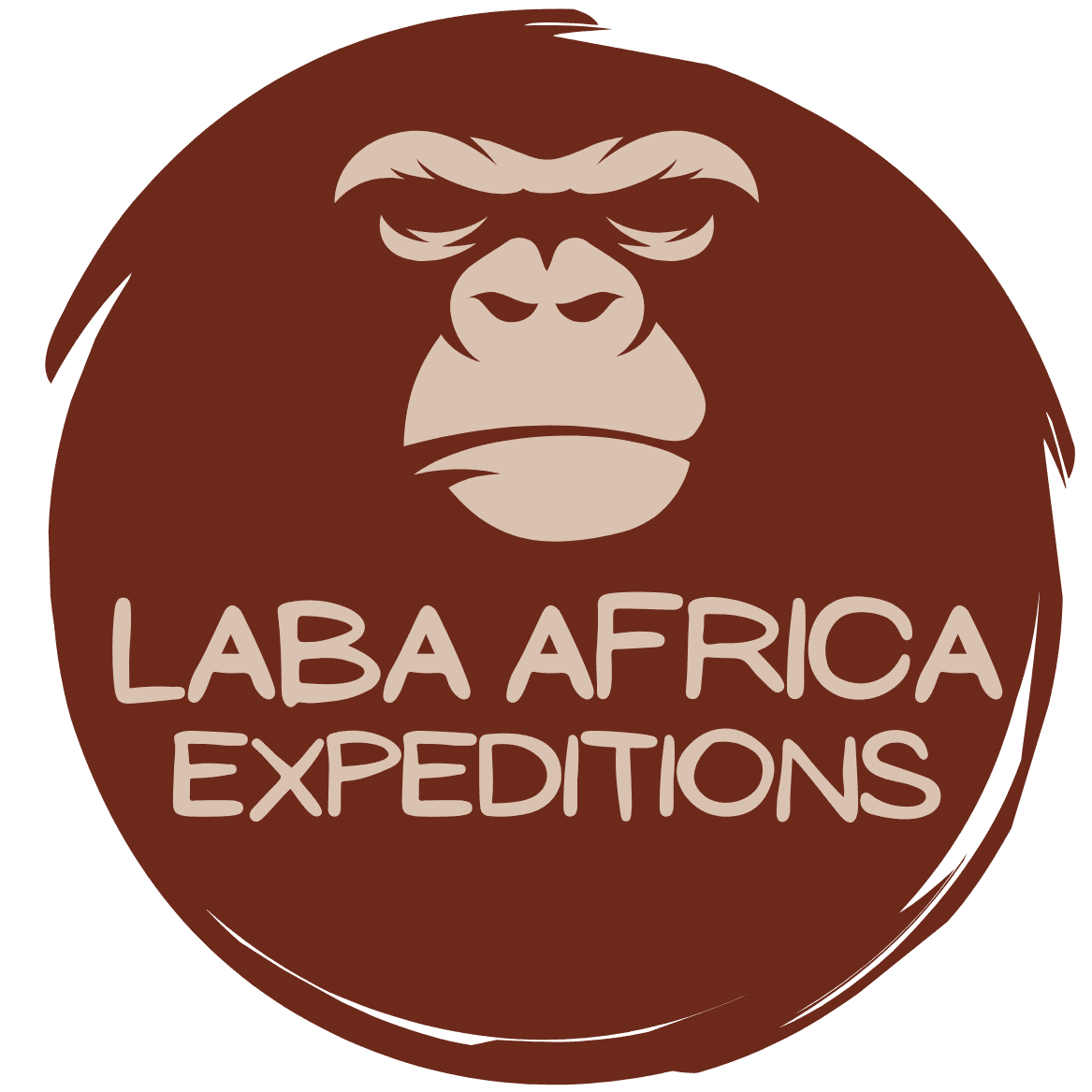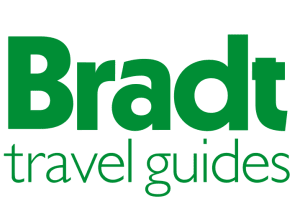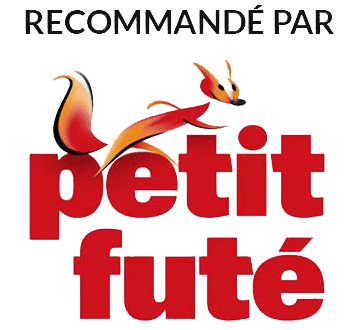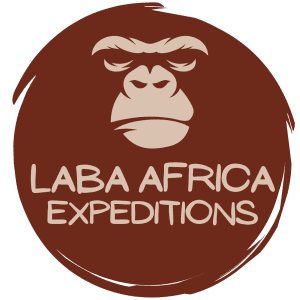DISCOVER UGANDA
Toro Semliki Wildlife Reserve
Semliki is calmer than other attractions since it is just off the main path. Because of its distant position, you may appreciate the reserve’s animals without being bothered by the drone of other safari cars. The reserve features a diversified ecosystem of rainforest, dry savannah grasslands, and riparian woodland, as well as breathtaking vistas of the Rwenzori Mountains and the distant Blue Mountains of the Congo. The Semliki River’s beautiful green wetlands extend to Lake Albert, which is ideal for an early morning boat safari. The Toro Semliki Wildlife Reserve in Uganda was designated as a game reserve in 1926 and it was one of the first protected areas to be gazette. The main aim was to protect the vast numbers of Uganda Kobs that were living in the area.
The Toro Semliki Wildlife Reserve in Uganda spans over a radius of 542 square kilometers and is situated in the western part of Uganda, within Ntoroko and Kabarole districts. The Semliki Valley is mainly of interest to bird-watchers. The reserve has an impressive checklist, which includes many birding specials. Other attractions are the hot springs at Sempaya and a Pygmy village in the adjacents Semliki National park. The only lodge in the reserve offers a very exclusive bush experience with guided activities.
Toro Semliki Wildlife Reserve is located in a magnificent rift valley between the Rwenzori Mountains, the Kijura escarpment, and Lake Albert. The dominating plant type is open acacia-combretum woodland and grassy savannah, with patches of Borassus palm forest, considerable riparian woodland belts along the main watercourses, and some vast wetlands around Lake Albert.
On a clear day, the setting is truly amazing, with the sheer rift valley escarpment rising sharply from the eastern shore of Lake Albert, the 2500m-high Congolese Blue mountains on the western horizon, and the mighty Rwenzori glacial peaks visible to the south-west.

Attractions in Toro Semliki Wildlife Reserve
Wildlife in Toro Semliki Wildlife Reserve
The Toro Semliki plain is mostly grassy savanna and acacia-combretum forest, similar to Murchison Falls National Park near Lake Albert’s northern end. Borassus palm stands, shoreline wetlands, and large river valleys covered in gorgeous galley woodland all add to the diversity. Lake Albert is located outside the reserve but is accessible for canoeing and bird observation. Elephants and buffalo are seldom seen.
On night game drives, leopards are occasionally observed, but lions are more typically heard than seen. Toro-semliki National Park features the same major species as Queen Elizabeth and Murchison Falls National Parks: elephants, buffalo, Uganda Kob, waterbuck, warthogs, giant forest hogs, and hippos. Chimpanzees, Baboons, and Monkeys such as Vervet, Red-tailed, and Black and White Colobus are primates. The Elephant population is unique in that it comprises savannah and forest Elephants, as well as a hybrid type resulting from interbreeding. Researchers from the University of Indiana have been researching chimps in the Mugiri riverine forest near Semliki Safari Lodge. When going on a monkey walk, you can come across some chimpanzees.
Bird species in Toro-Semliki Wildlife Reserve
Toro-Semliki animals Reserve may not be the finest place to see animals, but it is a birder’s delight. It has about 460 species documented in various environments. Lake Albert boat tours are perfect for seeing the elusive shoebill and a breeding colony of the magnificent red-throated bee-eater. The nearby Semuliki National Park provides an excellent opportunity to add various Congolese rainforest species. From November to April, migratory birds are present. The Arrow-marked Babbler, Tropical Boubal, Black-headed Bushrike, Luhdrers Bushrike, Red-necked Falcon, Black-billed Barbet, Tropical Boubal, and Abyssinian Ground-hornbill are among the bird species. The Shoebill is frequently seen in Lake Albert’s wetlands.
Tree Species
Toro-Semliki is a forest-grassland mosaic with a mosaic of habitat and plant zones. The Wasa and Mugiri rivers, as well as their numerous tributaries, support 30-50m tall gallery forests in 50-250m broad areas inside the reserve. The Ugandan ironwood is the most frequent main canopy riverine tree species, followed by Millettia dura and Kigelia africana. Beilschmiedia ugandensis, the most prevalent tree in riverine woods, dominates the understory. As visitors move away from water sources, tree size diminishes, sometimes gradually shifting to open-habitat species such as Acacia, Albizia, and bushy plants, but more commonly the change from forest to grassland is sudden.
Landscape/scenery.
The Albertine Rift Valley reserve is situated between the Rift Valley escarpment on the east, the Congolese Blue Mountains on the west, and the Rwenzoris on the southwest. Woodland and savannah are the primary vegetation types. Several rivers pass through the area, surrounded by riverine forest and sprinkled with patches of borassus palms.
Local Communities
Karugutu-Kyabandara Community.
This village is located in the reserve’s south, roughly 18 kilometers from Fort Portal. The Bakonjo, who are traditional cultivators, live mostly in the region. Maize, cassava, beans, soya beans, rice, and bananas are the most significant crops farmed, and some of it is marketed in Rwebisengo and Ntoroko markets.
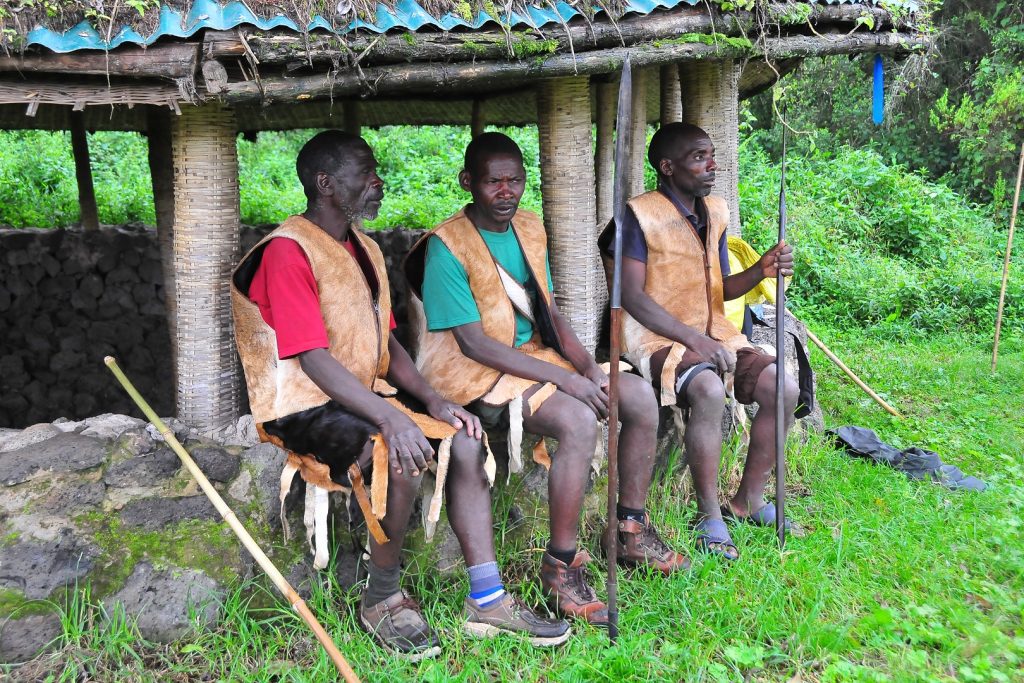
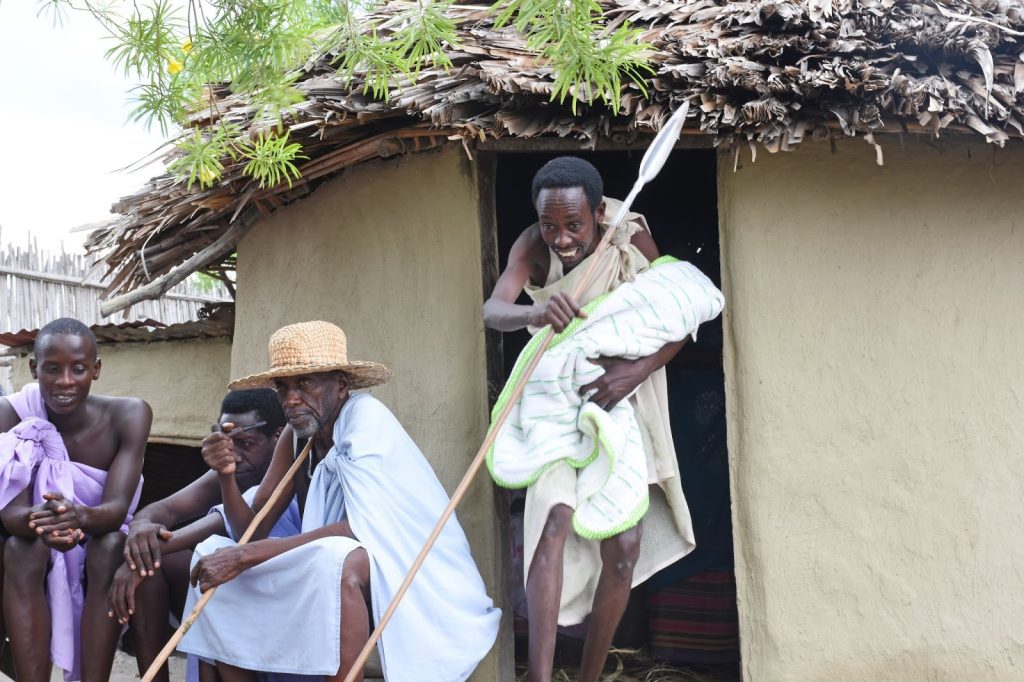
Rwebisengo Community
The Semliki Flats are located on the reserve’s western and northern edges. The Batuku (Batoro-Bahuma) are mostly pastoralists who make up the majority of the community. The Batuku are thought to be descendants of the Abarusula, the royal army of Bunyoro Kitara Kingdom monarch under the rule of King Kabalega.
Ntoroko fishing Community
This village is located near the lake’s southernmost tip, between the Wasa and Muzizi rivers’ estuary. The approximately 4km2 area has now been excised from the reserve and gazetted as a species Sanctuary to preserve any species that may interact in this region. The Ntoroko community is mostly dependent on fishing.
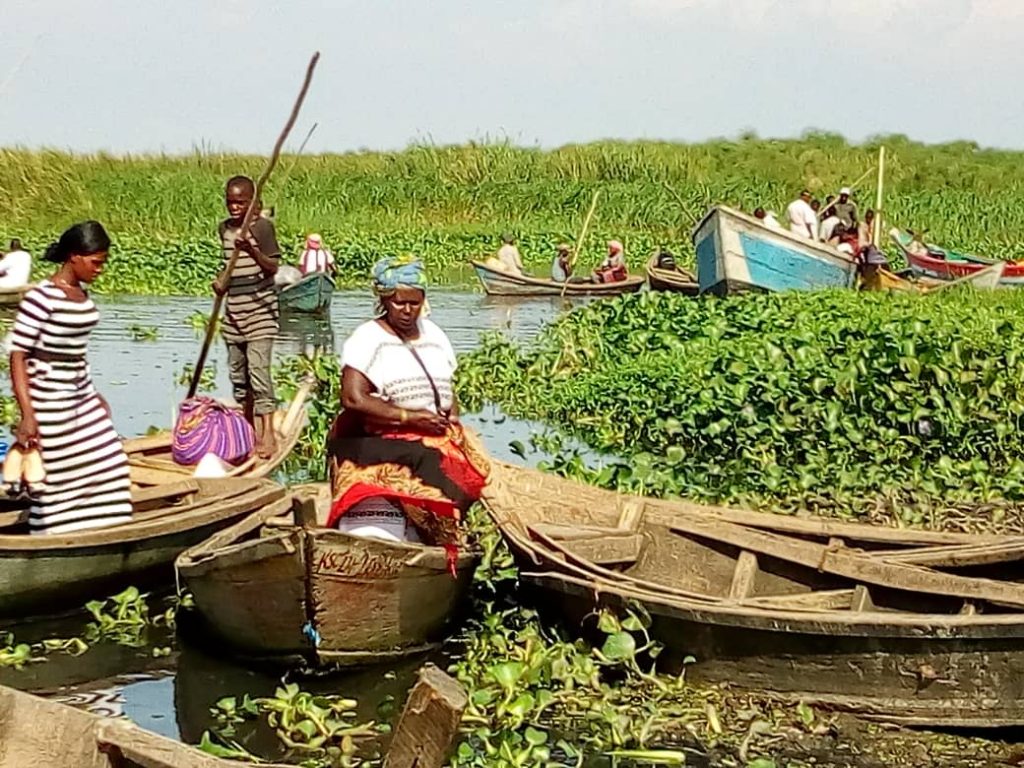
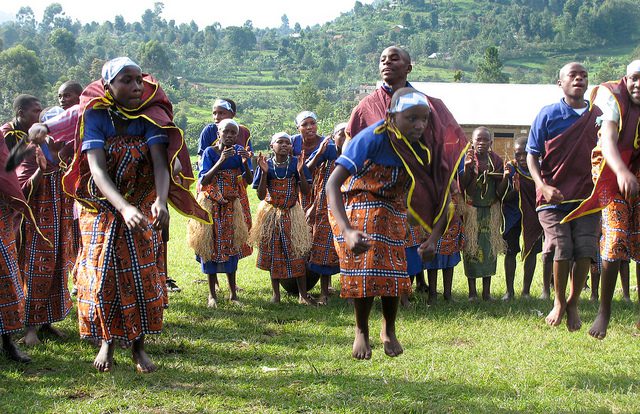
Kasesenge-Kyakabaseke Community
This town is located on the rift valley’s eastern escarpment. The bulk of them are Bakiga migrants who arrived in the 1960s to work on tea farms. Tea gave a steady income during favorable economic times. As tea prices fell, they turned to crop cultivation, mostly of beans, groundnuts, maize, and bananas.
What to do during your visit to Toro Semliki Wildlife Reserve in Uganda?
Primate Walks
The chimpanzee population in Toro Semliki Wildlife Reserve is of particular scientific interest since it lives in a drier environment than those in Kibale, Budongo, or Kyambura. This means they have to go longer to get food and have been recorded walking on their rear legs for short distances. You will go on a 3–4-hour trek with an expert guide through riparian and acacia woods, Borassus palm forests, and savannah grasslands.
You may accompany the researchers on a primate walk, but don’t expect to encounter chimps because they can travel swiftly and far, and they are less habituated than chimps in more popular habitats. Instead, it’s a chance to learn more about a fascinating species while also enjoying gorgeous surroundings. However, Semliki is home to a variety of other primate species, including red-tailed, vervet, black and white colobus monkeys, and baboons, which you may see on your trip.
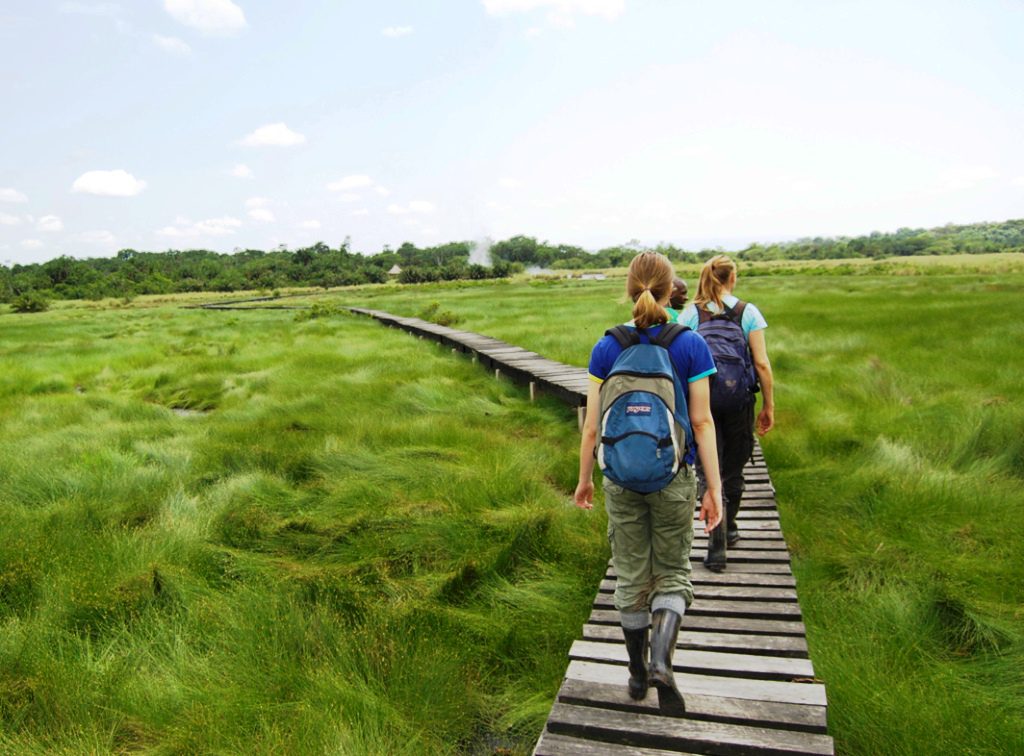
Hike to Nyaburogo Gorge
This is an excellent birding trail that begins at the Reserve Headquarters. It is a 7-kilometer journey through a variety of environments, including grassland, woodland, and canyon forest. Birds commonly seen include the Arrow-marked Babbler, Tropical Boubal, Black-headed Bushrike, Luhdrers Bushrike, and primates such as Black and White Colobus, Baboons, vervets, and, on rare occasions, Chimpanzees.
Boat Cruise Tours on Lake Albert
A dawn or sunset boat safari across the Lake Albert delta is absolutely unforgettable. If you’re lucky, you could even spot the adorable and highly uncommon shoebill stork, which hides among the papyrus and weeds on the marshy shorelines. The greatest boat safari is in the morning, and it is offered by Semliki Safari Lodge.
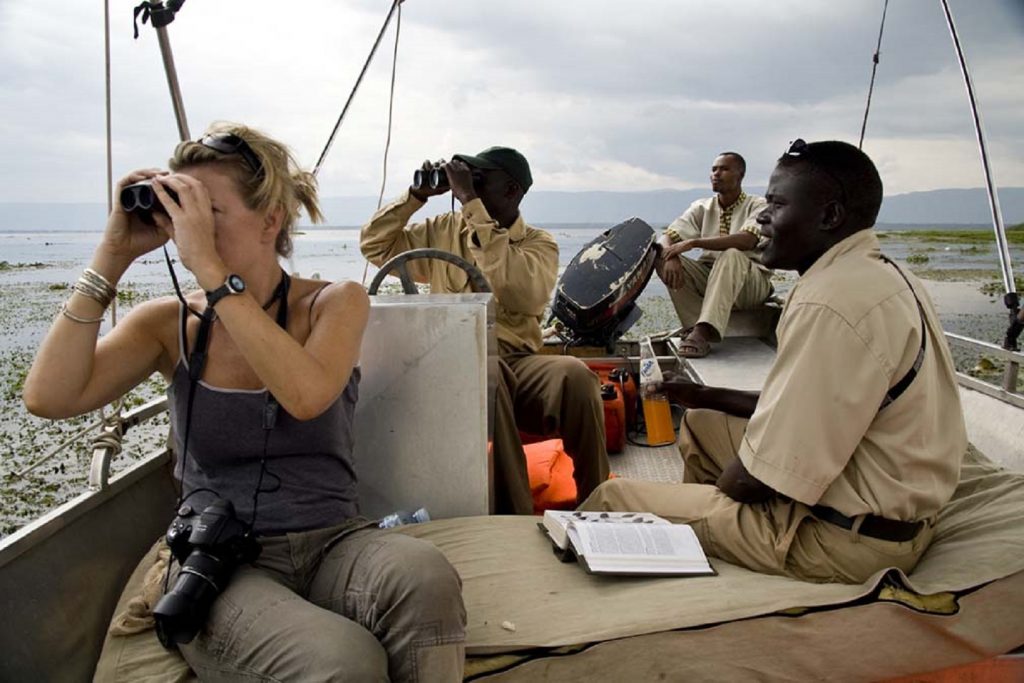
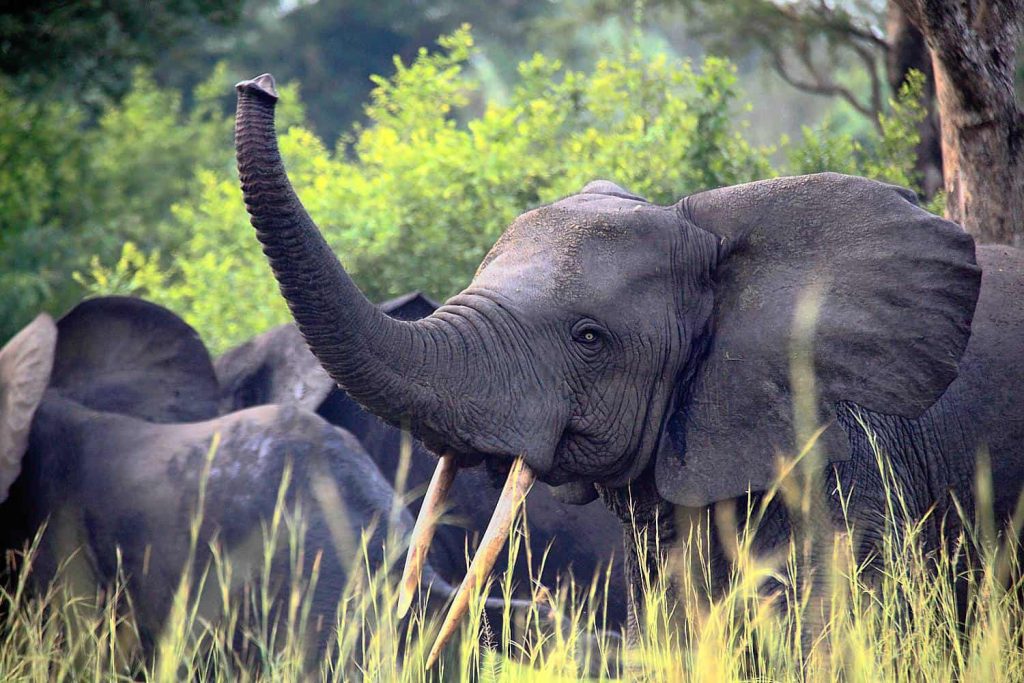
Game Drive Safaris
The Uganda Wildlife Authority or Semliki Safari Lodge run game drives in Semliki. They run in the morning and late afternoon, with three itineraries to select from that explore different portions of the reserve. There are also night game drives available. Elephants, both small forest and enormous savannah elephants, are frequently seen, as are buffalo, waterbuck, crocodile, warthog, and Uganda kob.
Community Cultural Tours
Local Batwa homesteads are accessible to visitors on cultural tours or community visits immediately outside the national park. Visitors may connect with the natives in these areas, learn about their cultural past, and enjoy traditional dance performances.
The Karugutu Community Conservation Association (KCCA) is a non-profit organization dedicated to conservation education via Music, Dance, and Drama (MDD). They conduct traditional dances for guests and have a handicraft shop at the reserve’s entrance where they sell their wares. Members of the KCCA entertain tourists.
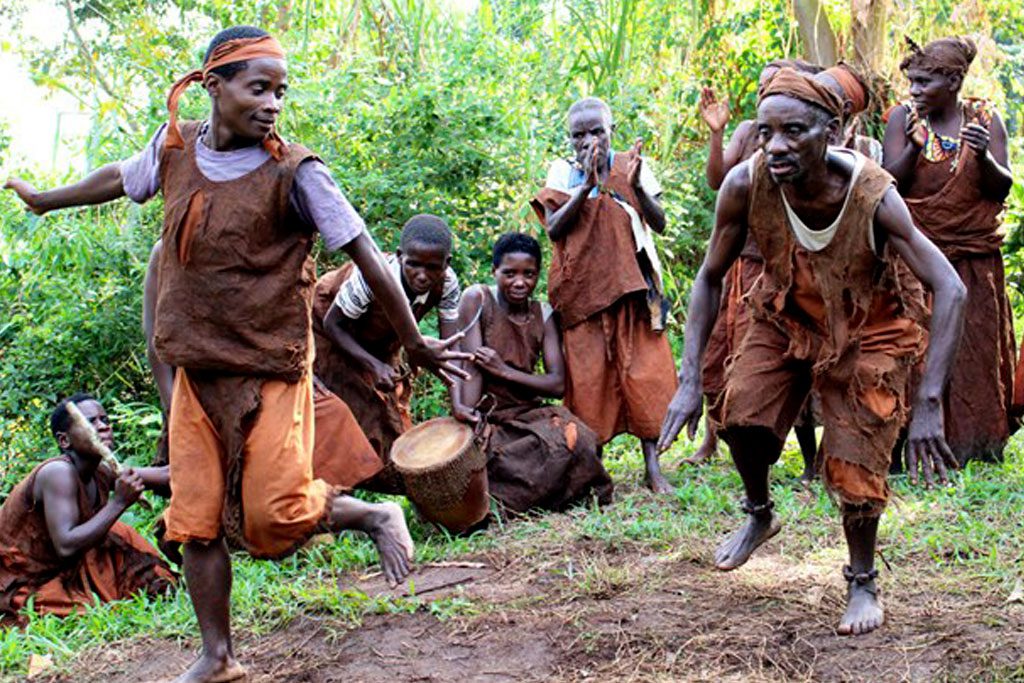
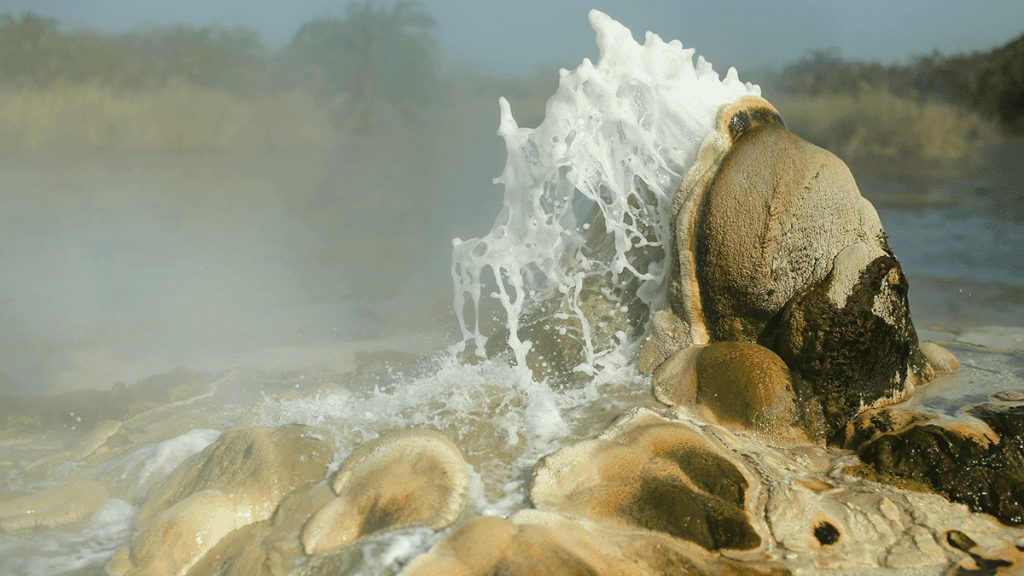
Visit the Sempaya Hot Springs
These incredible springs have temperatures of up to 100 degrees Celsius (212 degrees Fahrenheit), and the force, strength, and hotness of these springs demonstrate the strength of the geographical forces underneath.
Visit Pygmy Village
Discover the Pygmy’s unique culture, traditions, and lifestyles as hunters and gatherers for centuries in a deep forest, part of the enormous Ituri Forest that spans into the Democratic Republic of the Congo.
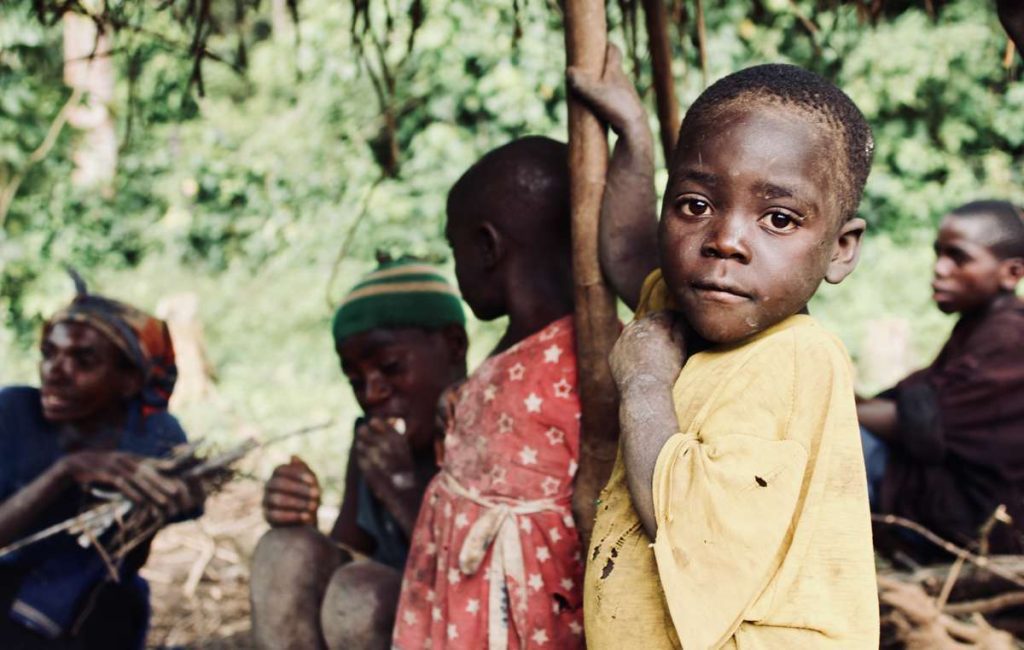
Entry Fees to Toro Semliki Wildlife Reserve
For international adults, the admission cost is USD $35. Driving or walking along the main road to Bundibugyo, which is just beyond the park’s southeastern boundary, or staying overnight at Bumaga Visitor Camp are free of charge. Because Semliki National Park and Toro-Semliki Wildlife Reserve are independent entities, travelers who visit both must pay two sets of admission fees, even if they do so within the same 24-hour period.
Climate and Weather in Toro Semliki Wildlife Reserve
The climate of Toro-Semliki Wildlife Reserve is hot. These high temperatures are expected to last the entire year. The daytime temperature is approximately 30°C/86°F, while the nighttime temperature is around 18°C/64°F. Because there is no genuine dry season in Toro-Semliki, rain is unpredictable. However, there are two separate Wet seasons: March to May and August to November.
Accommodation in Toro Semliki Wildlife Reserve in Uganda?
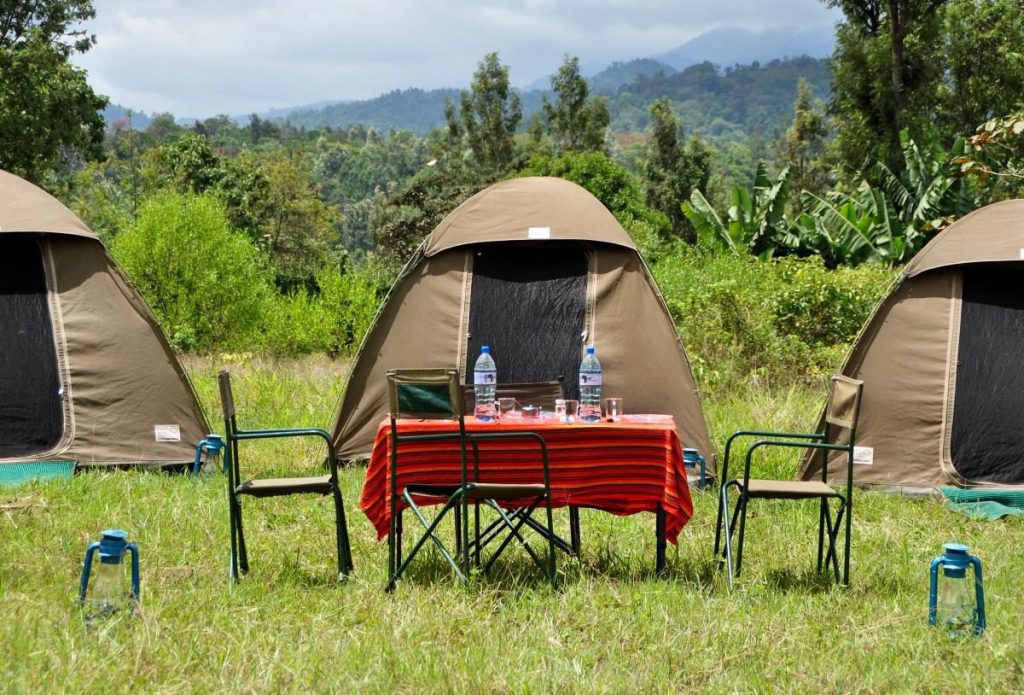
Camping
On the banks of Lake Albert near Ntoroko, UWA operates a campground and budget Bandas that must be reserved in advance. Meals are made at the campsite’s cafeteria. The reserve headquarters at Karugutu has another campground.
Semliki Safari Lodge
A private concessionaire runs Semliki Safari Lodge. The Uganda Safari Company provides a high-end tented camp. Golden-hued safari tents and antique safari furnishings harken back to a bygone period of adventure and make you feel as if you’ve stepped back in time. Semliki offers a calm and private experience for tourists with only 8 tents. Hardwood flooring, double beds, en-suite bathrooms with hot showers and flushing toilets, private verandas, and protective thatched roofs give the ultimate in comfort and elegance for visitors. The central lodge area is furnished with large dining tables, deep-seated armchairs, and a warm fire, ideal for unwinding and exchanging stories at the end of the day.
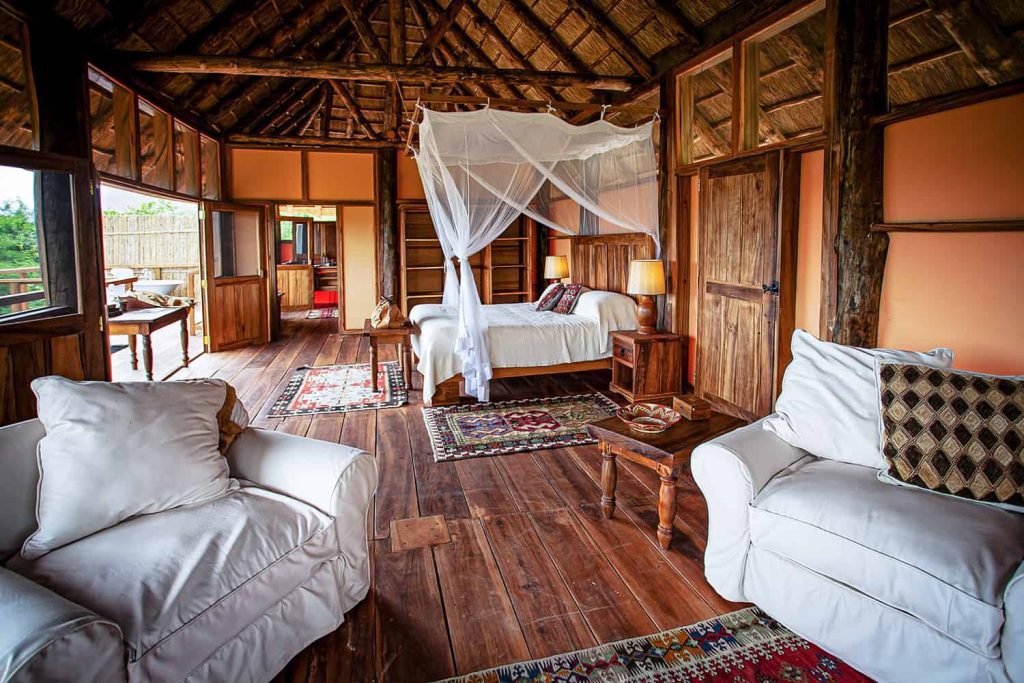
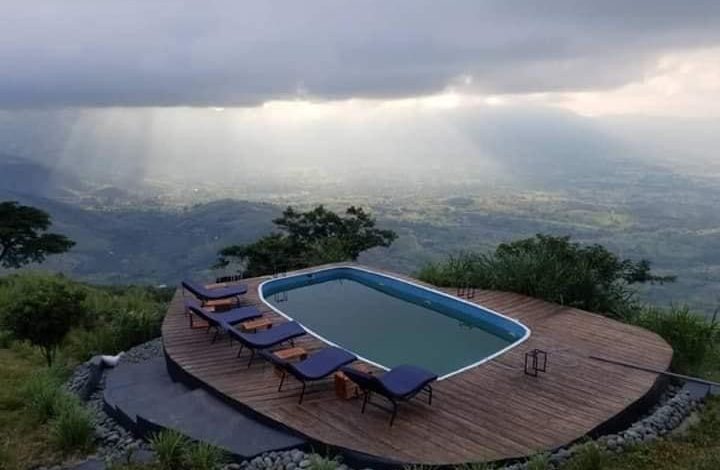
Aramaga Rift Valley Lodge
Aramaga Rift Valley Lodge overlooks east Africa’s stunning Great Rift Valley, the Rwenzori Mountains, the Toro-Semliki Wildlife Reserve, the Congo’s Blue Mountains, and the edge of Lake Albert on clear days. The lodging includes stunning private pods, each with a 180-degree viewing glass to ensure visitors don’t miss a thing.
Each of the six space-themed pods (Moonshot, Starship, Galactic, Orbit, Supernova, and Gravity) was created to capitalize on the stunning vistas and natural curves of the environment to provide private experiences with a casual attitude to luxury.
When is the best time to visit Toro Semliki Wildlife Reserve
Understanding the optimum time to visit Uganda is critical since it affects lodging, flight pricing, availability, and the weather that travelers may expect on their safari holiday. Toro-Semliki has a hot climate, with temperatures halving as the sun sets and the continual threat of rain. Despite a lot of rain, its two wet seasons (March to May and August to November) provide little relief from the heat, especially from March to May when local roads become washed away. During the Dry Seasons (December to February and June to July), you’ll get somewhat less damp.
The dry season (December to February and June to September) is the greatest period for animal watching in Semliki animal Reserve. There is lots of sunshine during these months, it seldom rains, and animals are likely to congregate around regular water sources, making wildlife encounters simpler. Bring your binoculars if you enjoy birdwatching during the drier, brighter months of January to March. This is also an excellent time to do monkey trekking, as is the mid-year dry season (June to July). During the rest of the year, anticipate rain, rain, and more rain, so carry lots of wet-weather clothes. Some routes become unusable after heavy rain during the wetter months.
How to Get to Toro Semliki Wildlife Reserve
The distance between Kampala and Fort Portal through Mubende is 290 kilometers, whereas the distance between Kampala and Fort Portal via Masaka-Mbarara-Kasese is approximately 465 kilometers. From Fort Portal, use the Semuliki National Park route for the first 28 kilometers before turning right at the Karugutu trade town. The reserve boundary is 3 kilometers farther on, while the turnoff to Semliki Safari Lodge is 26 kilometers further on, right past the river bridge. 3 kilometers to the Lodge, take the right fork. Lake Albert is 25 kilometers away in Ntoroko fishing town, where UWA manages bandas, a campground, and a cafeteria.
UWA manages an airstrip at Toro Semliki Wildlife Reserve, so guests may rent planes and land at Semliki Safari Lodge, which is located near the airfield. Aerolink and Bar Aviation offer regular or chartered flights from Entebbe International Airport or Kajjansi Airfield, both located near Kampala.
